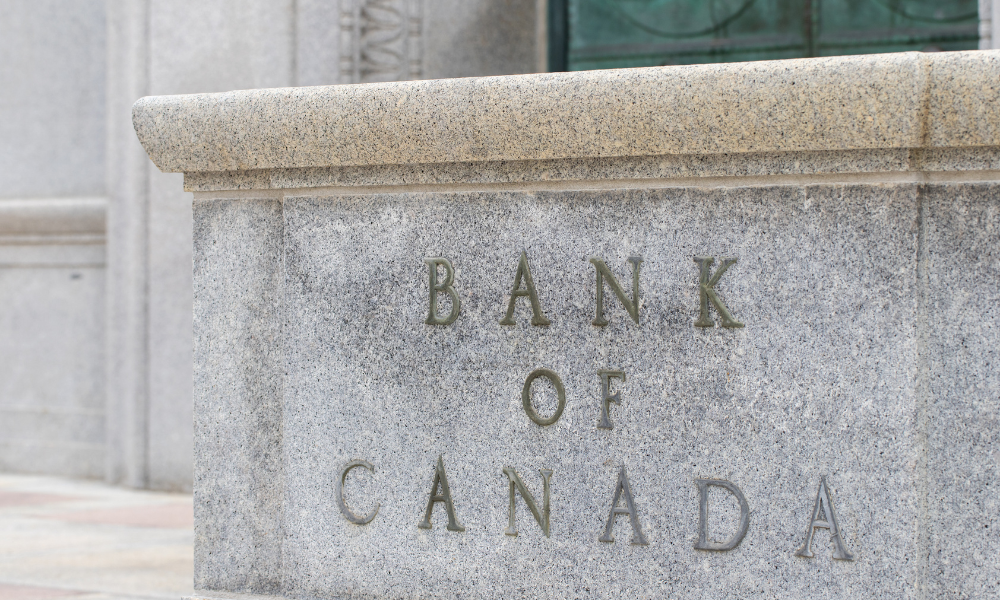Market participants survey is contrary to recent opinion for major bank economists

The jumbo interest rate cut made by the Bank of Canada last month still left rates elevated by historic standards – two percentage points above where they were pre-pandemic.
But hopes that rates may be cut again by as much as 50 basis points at the December BoC meeting may not turn to reality according to the opinions of prominent financial market participants who took part in the new release of the BoC’s quarterly Market Participants Survey.
The median response to where they see the central bank’s policy interest rate in January 2025 is 3.50%, suggesting the central bank will take a more cautious route to cuts with 25 basis points in December while some of the 28 respondents believe rates could be held at 3.75% in December.
Looking further into 2025 the median response suggests further gradual cuts in March, April, and June before the BoC halts further rate cuts at 2.75% until at least the end of the year and possibly through 2026 as well.
That is contrary to some of the most senior economists at major Canadian banks who as recently as two weeks ago were suggesting rates could be down to 2% by the summer.
Given that the October 2024 rate cut came hot on the heels of weaker-than-expected CPI data for September which, at 1.6%, was lower than the BoC’s target rate of 2%, the market participants survey’s results on expectation for CPI in the year ahead is key. The average probability cited by respondents favoured 2.01-3% by the end of 2025 (39.5%) but it was a close call with 1.01-2% (39.2%).
The higher rates might be indicative of stronger economic growth, which could be inflationary, but the survey’s responses to the GDP growth question suggests otherwise. The highest average rate of real GDP by the end of 2025 is 1.01-2% (41.1%) while 2.01-3% is second highest (25.4%). The median forecast is for 1.9%.
Asked about the largest upside risks for the Canadian economy in 2025, 75% said the housing market, 71% looser monetary policy, and 39% easing of financial condition. For downside risk, 50% cited increased geopolitical risks, while 39% each said tightening of financial condition and lower commodity prices.



